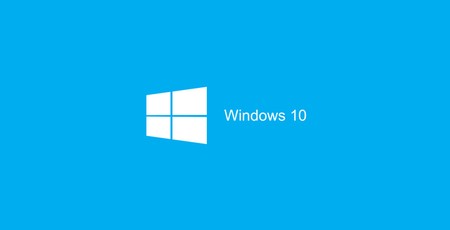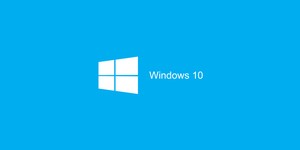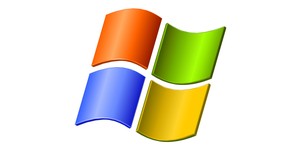Windows 10 May 2019 Update blocked for USB storage users
April 24, 2019 | 11:05
Companies: #microsoft

Microsoft has warned Windows 10 users that they will be unable to upgrade to the May 2019 Update unless they remove any and all USB mass storage devices from their systems, admitting that the removable storage system in Windows can't guarantee drive letter assignations.
With a trail of terrible, occasionally data-destroying, Windows feature updates in its wake, Microsoft is looking to head as many troubles off at the pass before releasing the Windows 10 May 2019 update next month. In doing so, however, it has telegraphed the need for an urgent overhaul of the Windows storage system - owing to the fact that the company can't guarantee drives won't be rearranged during reboot, confusing the installer.
'Inappropriate drive reassignment can occur on eligible computers that have an external USB device or SD memory card attached during the installation of the May 2019 update,' Microsoft's support article explains. 'For this reason, these computers are currently blocked from receiving the May 2019 Update. Example: An upgrade to the May 2019 Update is tried on a computer that has the October 2018 update installed and also has a thumb drive inserted into a USB port. Before the upgrade, the device would have been mounted in the system as drive G based on the existing drive configuration. However, after the upgrade, the device is reassigned a different drive letter. For example, the drive is reassigned as drive H.'
The issue is one well-known to other operating systems, which have a simple solution: Drives are mounted based on their universally unique identifier (UUID), rather than simply which port of the computer they happen to be plugged into at the time or which answers first during the boot sequence, guaranteeing that mount points will not change between reboots or after adding or removing drives. Windows, however, does not: Drive letters are automatically assigned in the order of drive discovery, with A and B reserved for floppy drives and C being the default for the drive on which Windows is installed.
Some 34 years after Windows 1.0 launched, though, Microsoft may finally be catching up to the competition: The company's support document hints at 'a future servicing update for Windows 10' which will fix the installation block - suggesting that it may finally make the move to mounting via UUID.
At the same time, the company has announced a shift in the system requirements for Windows 10: As of the May 2019 Update, Windows 10 will require a storage device of at least 32GB capacity - up from 16GB for the 32-bit and 20GB for the 64-bit Windows 10 variants that came before. The exception: Windows 10 IoT Enterprise, aimed at Internet of Things (IoT) and other embedded deployments, which retains the 16GB/20GB requirement.
Microsoft is currently testing the Windows 10 May 2019 Update through the Windows Insider programme but has not committed to a public launch date.

MSI MPG Velox 100R Chassis Review
October 14 2021 | 15:04








Want to comment? Please log in.